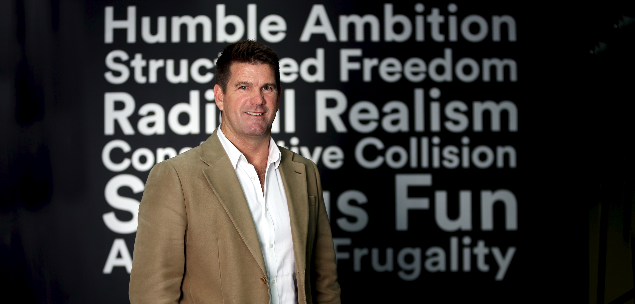By supporting the local start-up ecosystem, angel investors not only stem brain drain but keep IP in Australia. According to Trevor Folsom, co-founder of Sydney-based start-up generator Investible, problems arise when investors are seduced by opportunities that see them invest ‘too heavily and too early”.
This month, Investible launched First Angel, a 12-month educational program aimed at honing the early-stage investing skills of eager yet time-poor angel investors and arming them with the confidence to make well-informed investment decisions.
As part of the program, participants agree to invest $25,000 while Investible provides the due diligence, education and scale, with access to a portfolio of start-up opportunities from both within Australia and the US.
Driven by Elisa-Marie Dumas, Investible’s Head of Partner Development & Corporate Innovation and the former CEO of Springboard Enterprises, First Angel complements the Club Investible program, which sees participants invest $100,000 into early-stage, high growth startups.
Folsom spoke to Dynamic Business about the purpose of Investible’s programs and the importance of conducting due diligence.
What demographic do your educational programs target?
“Club Investible is made up of a broad range of angel investors including, VCs, large private equity funds, private offices, active angels, senior corporate executives, existing entrepreneurs and other high net worth individuals.
“Much like Club Investible, for the First Angel program, we are seeking active angels who are committed to building broad sustainable portfolios in this asset class. First Angel is not about ‘first time’ investors. First represents ‘first money’ into investments where there is the greatest level of returns. We are not a club of potential investors. We are a club of committed investors who are aligned in their thinking and share the value of supporting and following good founders.”
What will investors take away from First Angel?
“This is an immersion program that is very experiential. Investors will be guided through the entire investment lifecycle, utilising a methodology consisting of 15 key components. These components have been developed from the collective years of experience from our 25+ investors.
“This program will help investors assess a range of both qualitative and quantitative attributes depending upon the stage of the business. For example, for pre-revenue stage businesses, investors tend to place more emphasis on qualitative elements such as founders and business models. Then, as they gain traction, investors begin to look at quantitative elements such as customer behaviour and validation. Ultimately, this program provides a framework to help investors minimise the risk in the investment process.”
What questions should people ask before investing?
“There are many questions angel investors should ask. These include:
- Why is the founder doing this?
- What is the problem they are solving?
- Why is the founding team qualified to solve it?
- How did they get to where they are?
- What is the use of funds?
- What level of validation and traction have they been able to demonstrate?
- What is their exit strategy?”
What are some common mistakes angel investors make?
“Investors can be seduced by one opportunity (looking for that unicorn) and invest too heavily and too early before creating a broad diversified portfolio. It’s not a great outcome if the business runs out of cash because they either didn’t raise enough or ran out too early and can’t raise again.
“Investors also often back the wrong founding team and under-research the validation of the business model or product. An astute angel investor will get under the hood quickly to assess those things.”
How important are angel investors to local start-ups?
“Angel investment helps us stop the brain drain and keeps IP and human capital in this country. Some of the best Australian start-ups are sitting in Silicon Valley with US only investors.
“Strong investor commitment creates sustainability within this asset class and makes it easier to source capital locally, therefore, solving the risk associated within the “Valley of Death” (the gap between seed and later stage capital).
“These early stage Australian companies also happen to employ more people than the larger companies. The ‘entreprenaissance’ is here to stay.”

